Most people don’t voluntarily limit their creativity. But when it comes to digital artist Matthew Custar, it’s all about boundaries.
Matthew creates digital illustrations using only his iPhone. That’s right—no stylus, Adobe Illustrator or Photoshop. No, tablet or computer. Just his fingers, iPhone 13 and, most notably, his otherworldly imagination. The end results? Mind-bending geometric surrealist landscapes. What some might consider a creative barrier, Matthew considers an innovation within boundaries.
Since beginning his iPhone art in 2013, his works have appeared on the cover of New Scientist and attracted commercial clients like Target and Virgin Records. We spoke with the artist about his creative process, the digital world of Metaverse and NFTs and future projects.
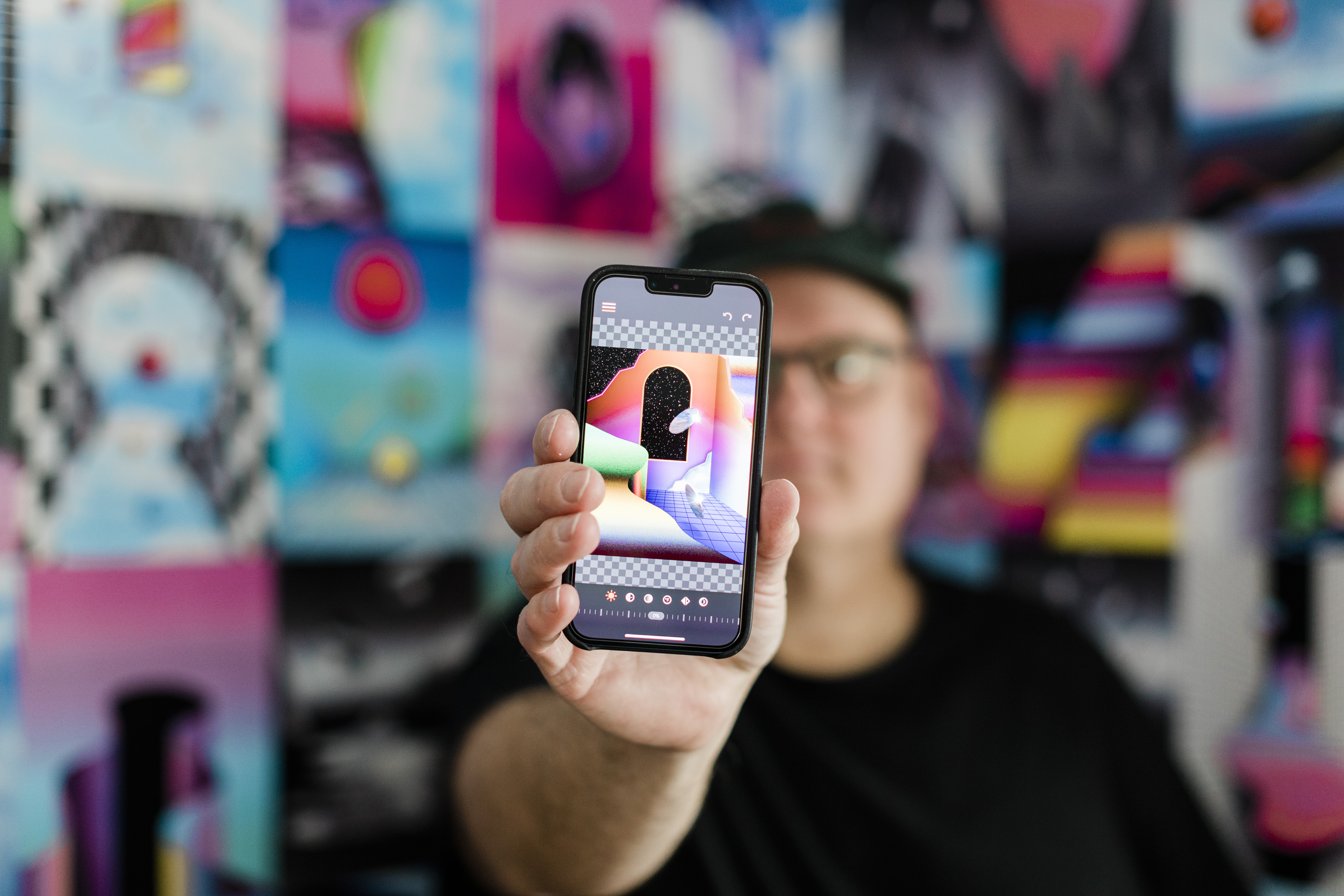
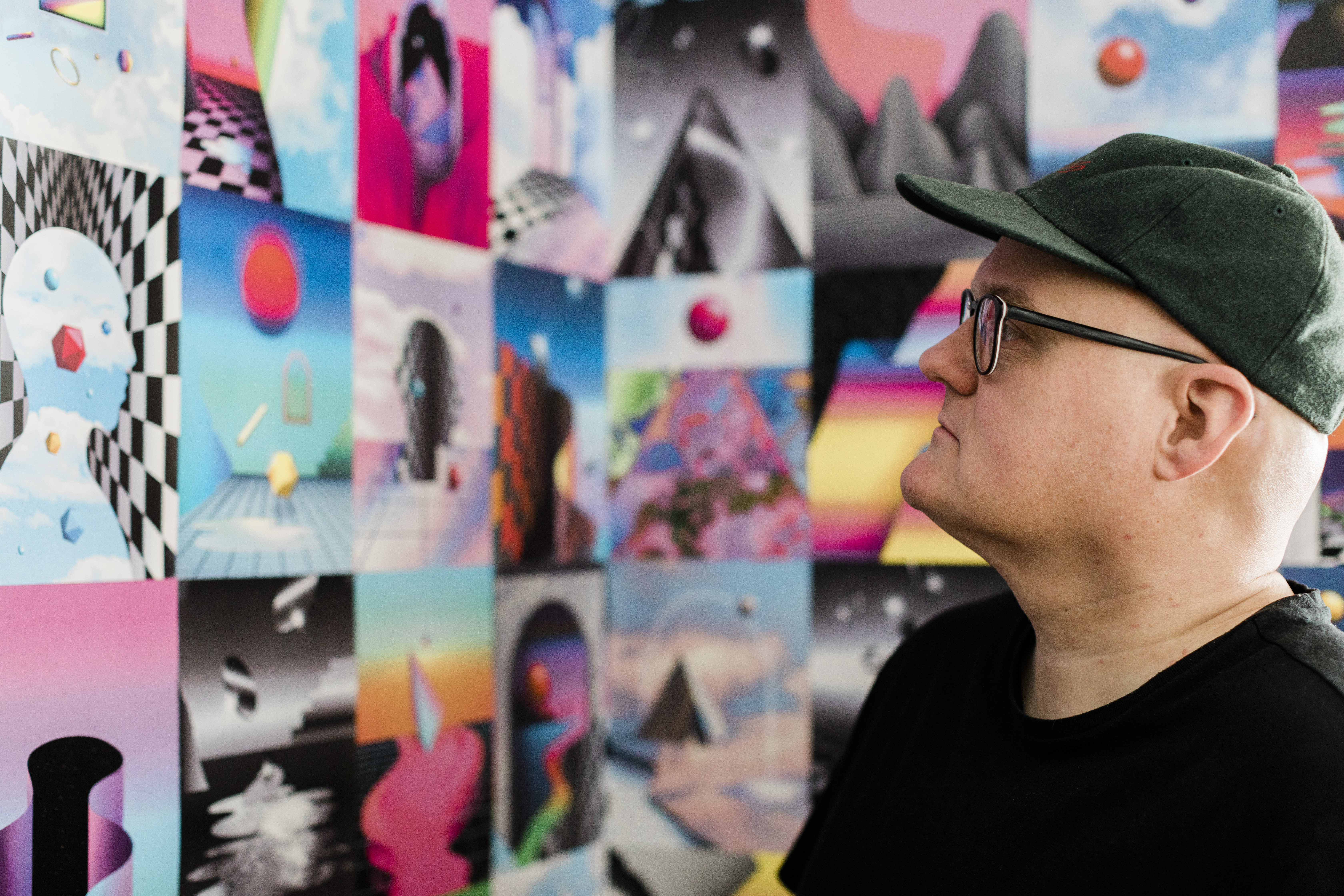
Fostering Creativity, Imagination and Intuition
In the summer of 2013, Matthew downloaded an app called Tangent on his very small—and now ancient—iPhone 5. It was a basic app with the functionality of overlaying a limited variety of stock texts, fonts and shapes on an image. With curiosity, he began exploring what the modest app was capable of, bringing in a red square shape and filling the entire screen. When he later revisited it, he started creating compositions. And that’s when he felt creativity speak.
Unlike standard design applications like Adobe Photoshop or Illustrator, the app does not offer the convenience of creating and editing in layers. Instead, Matthew looked for ways to execute his creative vision within the limitations of the app. He created a design every day for a year, tapping into his inventiveness, building his process and sharpening his intuition.
“I always go back to when you’re an analog studio painter. And all you have is the canvas before you and paint,” Matthew says. “You go in and start layering your base foundation: you have your sky, and you bring everything in. When you make a mistake, you don’t just get rid of the canvas and start over. You don’t scrape things off. You go in and you just paint over it. You build on it. The mistakes come with the beautiful composition. So I took that discipline and process and applied it to a digital medium.”
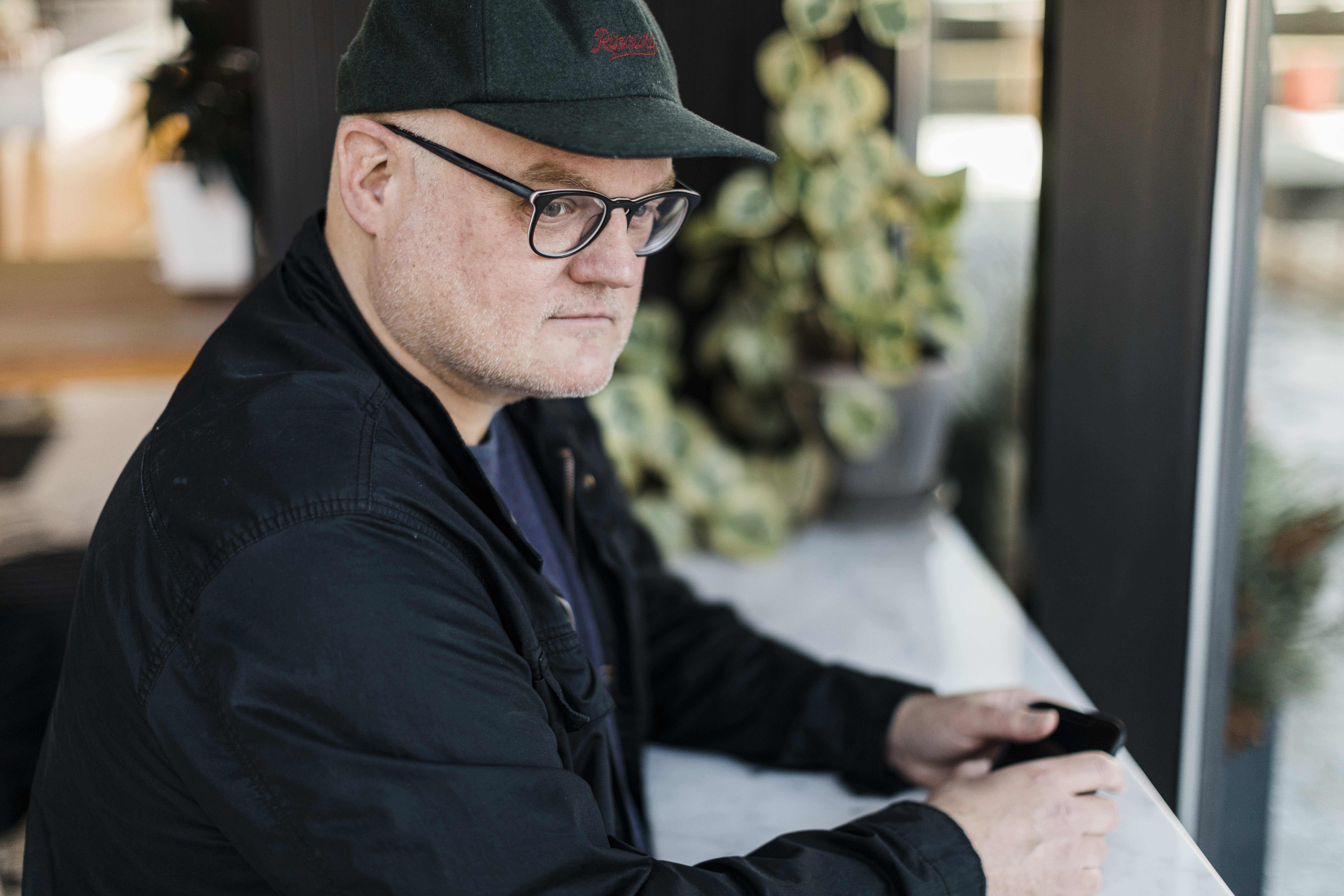
Innovating Within Limitations
As Matthew has upgraded his iPhone 5 to an iPhone XR then an iPhone 13, he has maintained his creative process since 2013. He now uses an app called Union. Visualizing as he goes, he brings in a layer, a color, gradient and shape, flattens it, then puts in more colors, gradients and shapes, flattens it and so on—only using his thumb and forefinger. To integrate texture into his work, he uses photos taken on his iPhone.
Matthew embraces the limitations of creating using only an iPhone—it is within these boundaries where innovation happens. He has no desire to use applications with layering capabilities or wish for any notable new features on the next iPhone model, and he doesn’t use Photoshop. But his goal is to make his works look like they were created using these apps.
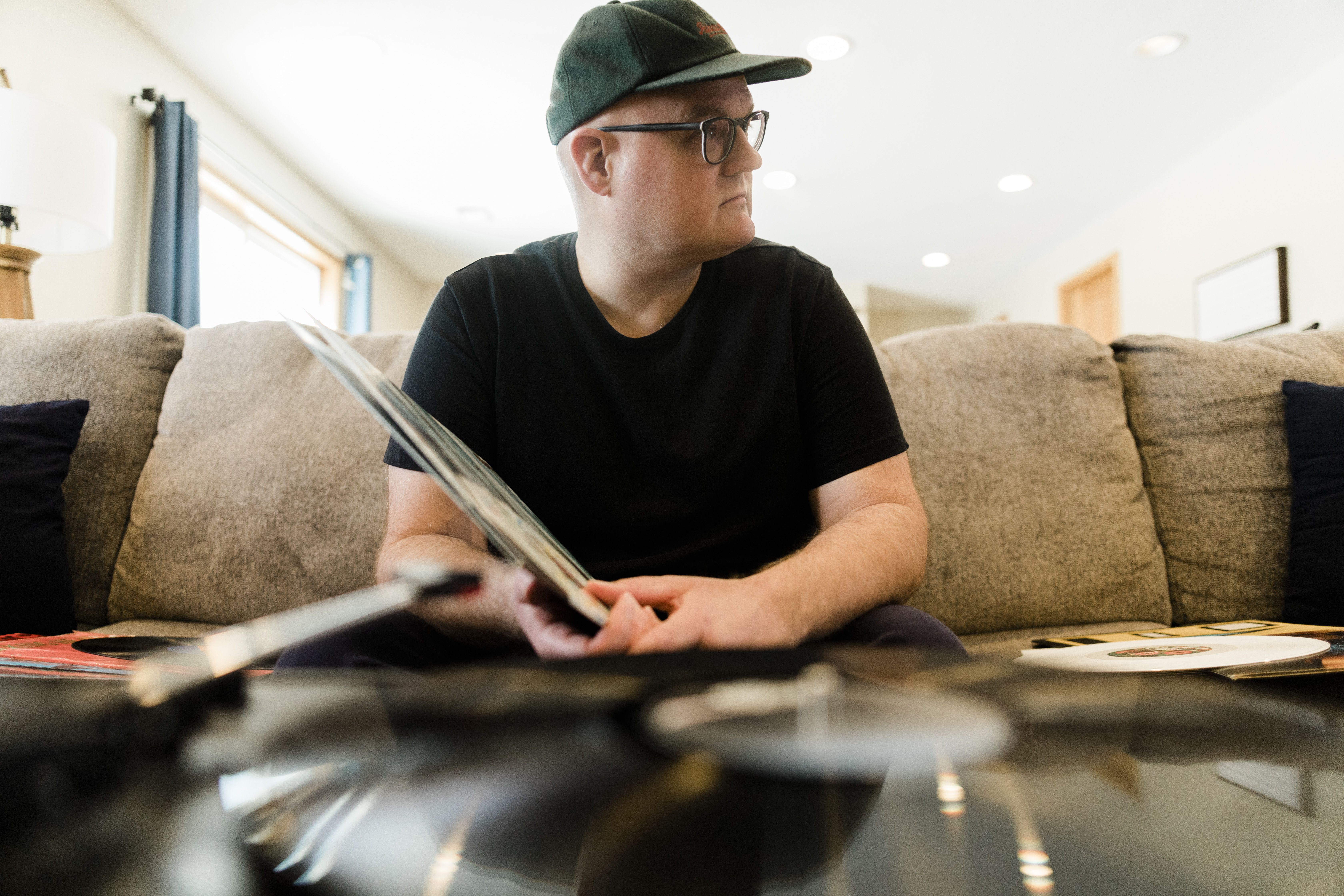
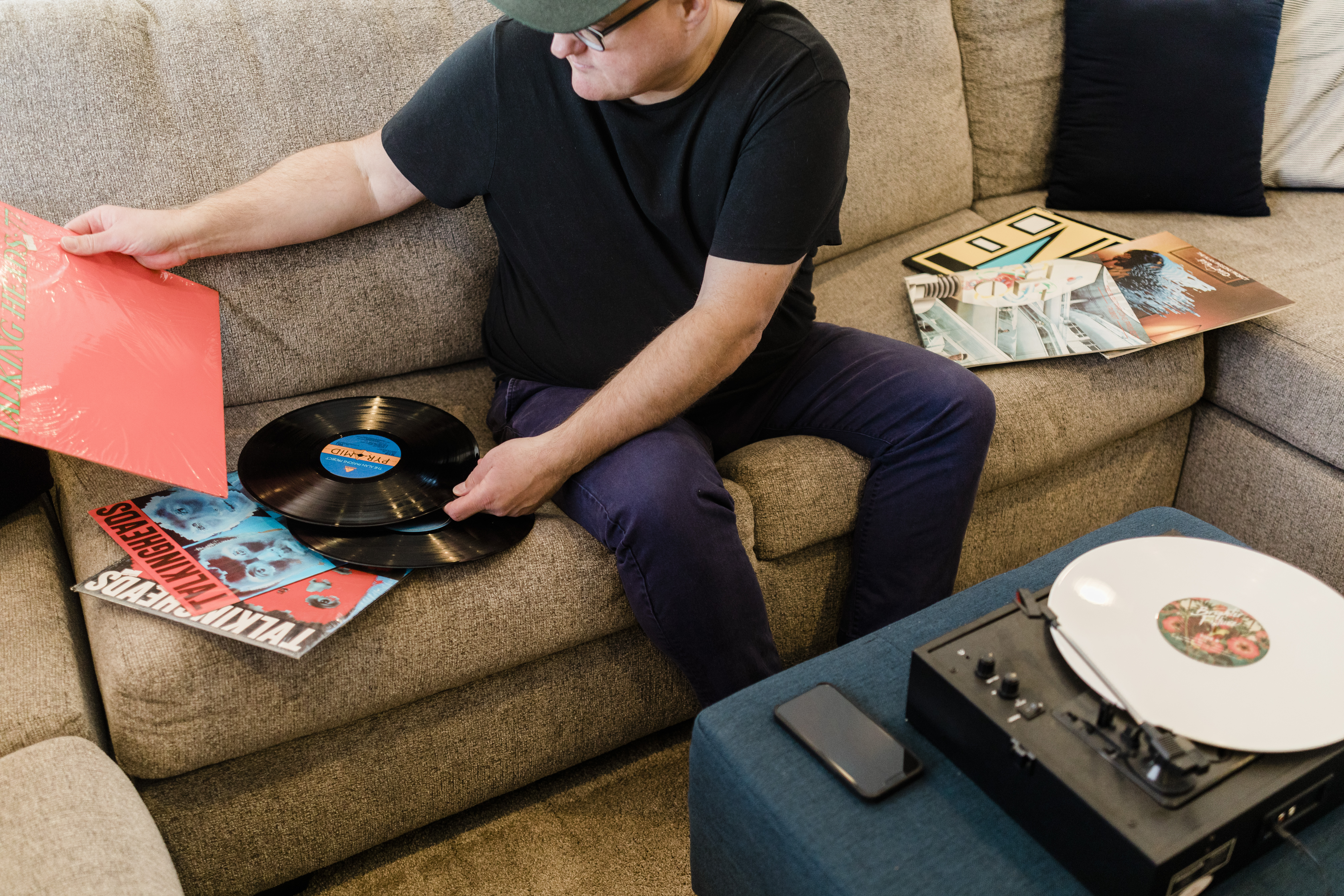
When talking about his approach to this limitation, he brings to mind The Beatles’ creation of revolutionary orchestral music using only a 4-track recording device, The Clash’s breakthrough in the Top 40 charts as a punk rock band, and the scrappy start of the hip-hop genre catalyzed by artists’ desires for creative expression.
“I’m limited to this, but how do I visually make it look so much more than what people are expecting?” Matthew says. “It’s spending time with your intuition, your imagination and just getting lost in the wonder of creating… I don’t use Photoshop, but I’m able to do what you’re doing in Photoshop—I’m doing it by flattening each layer; I’m not going into each layer.”
As he has developed his artistic style over the years, his work has evolved from featuring 2D flat abstract shapes to portraiture. Today, Matthew builds geometric landscapes steeped in depth and texture and inspired by 70s to mid-90s album art. He describes them as “a collage of spiritual statements, visual metaphors, and conceptual memories,” giving them coded meanings (like tying in his children’s names) and naming them after his current emotional state.
These landscapes are portals to different worlds—worlds which Matthew hopes will offer the viewers a sense of relief.
“I want to take viewers into this abstract conceptual landscape and remove them from their current situation, wherever they’re at in life.”
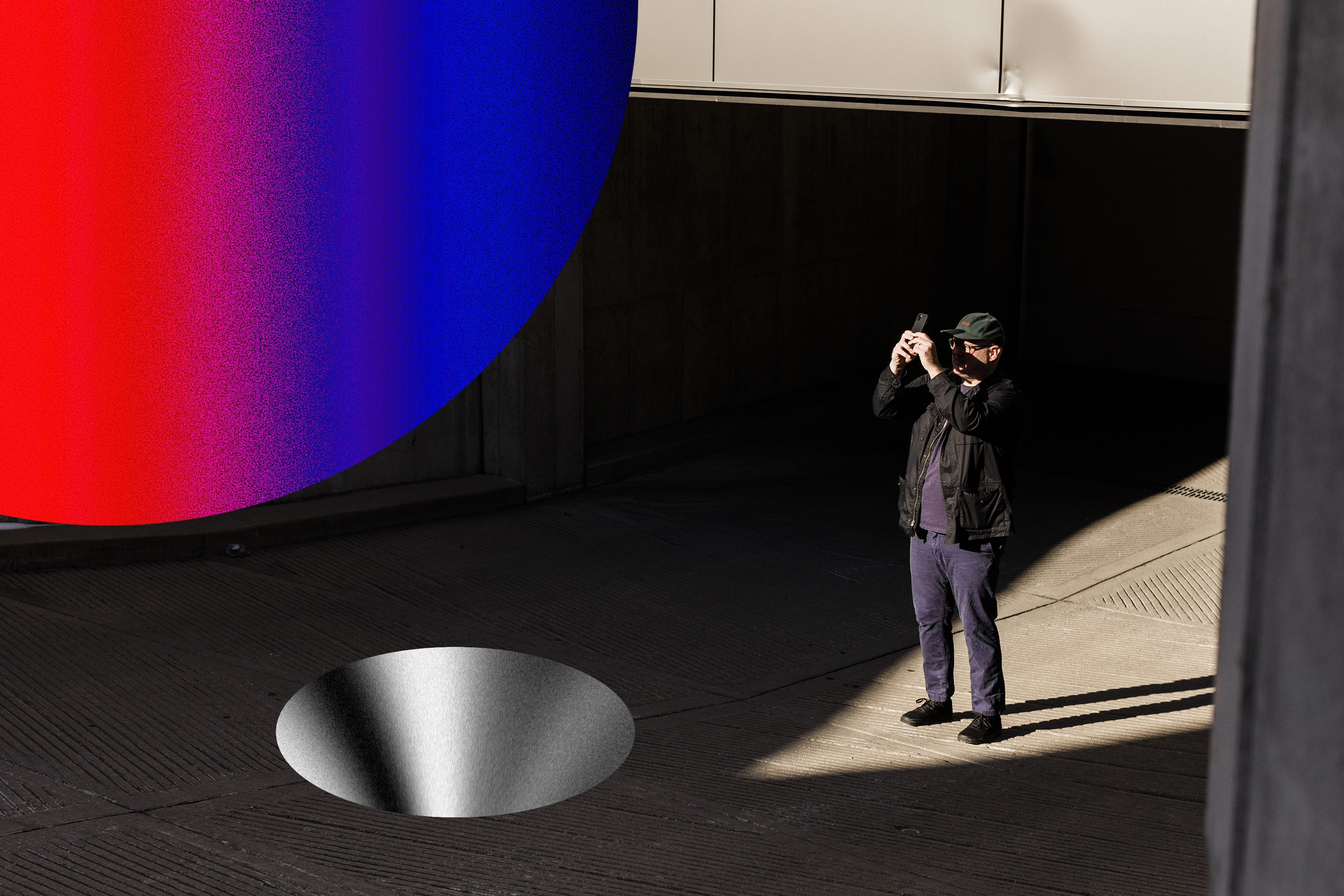
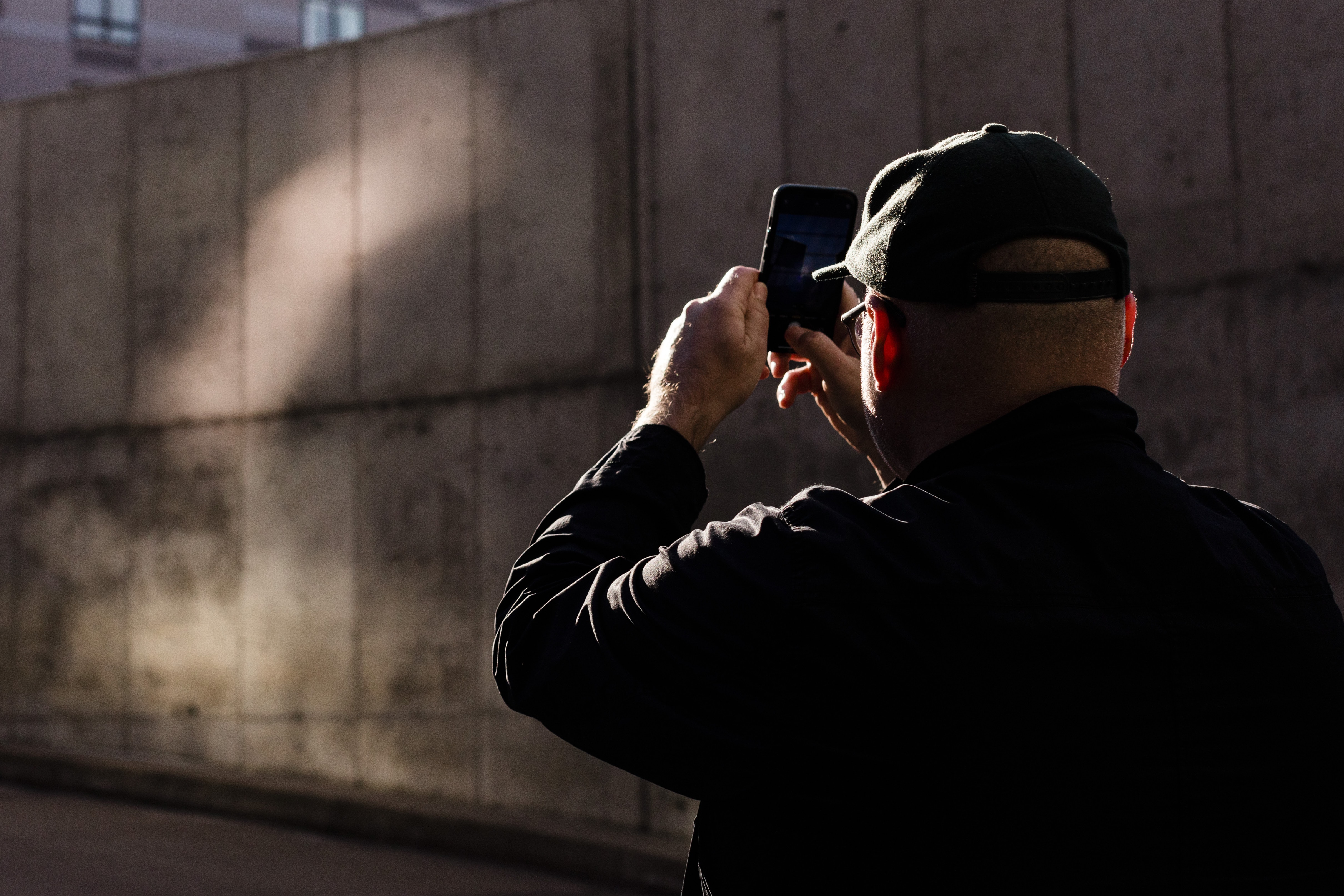
Exploring Digital and Physical Art
When it comes to a digital artist on the Metaverse and NFTs, Matthew ponders the digital and physical aspects of art.
“Both the Metaverse and NFTs mark the start of something big in our world. I think that having digital traces of humanity living in this digital universe [of the Metaverse] is a really fascinating idea because you could essentially have a timestamp of metadata, a timestamp of a moment in life that would carry on forever,” he says. “There are emotional attachments, whether digital or physical, to art, and I think having something that would carry on for a lifetime could be really inspiring. It’s almost like fragments and remnants of a message that needs to be told to someone when they come across it.”
This year, he plans to create two digital and physical pieces of work: the physical being an art book containing his work. The digital aspect is minting his first NFT pieces featuring motion art he created on his phone.
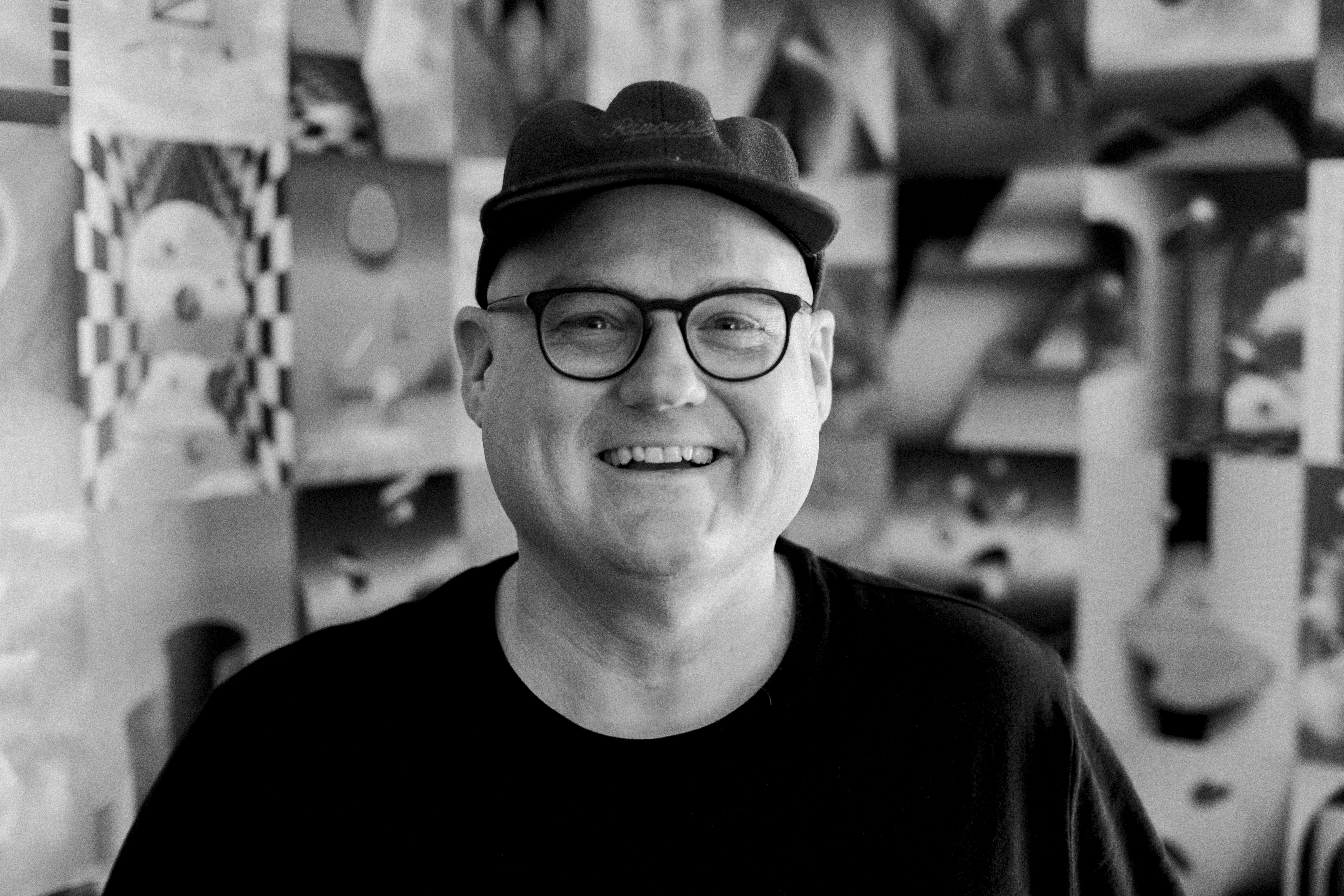
Sharing His Worlds
Matthew shares his iPhone-created worlds with his Instagram following of over 20,000 people. In 2016, he competed in Adobe’s Creative Jam, a 3-hour live design competition, and was awarded the Judges Choice Winner for Visual Design using only his iPhone. He has attracted commercial clients, including New Scientist, Glamour magazine, Target and Virgin Records.
How did he build his clientele? It’s in the consistent process of creating art and sharing it on social media around the same time of night.
“It’s humbling to know there are people out there who enjoy your work,” Mathew says. “Those are definitely confirmations: just keep going, keep putting your art out. As an artist, you can go through the motions of ‘Why is nobody noticing what I’m doing.’ But keep doing it because eventually something’s going to come… That moment will happen.”
Photography by Connor Siedow
Shop Matthew’s work below and check out their Society6 shop for more.
Comments